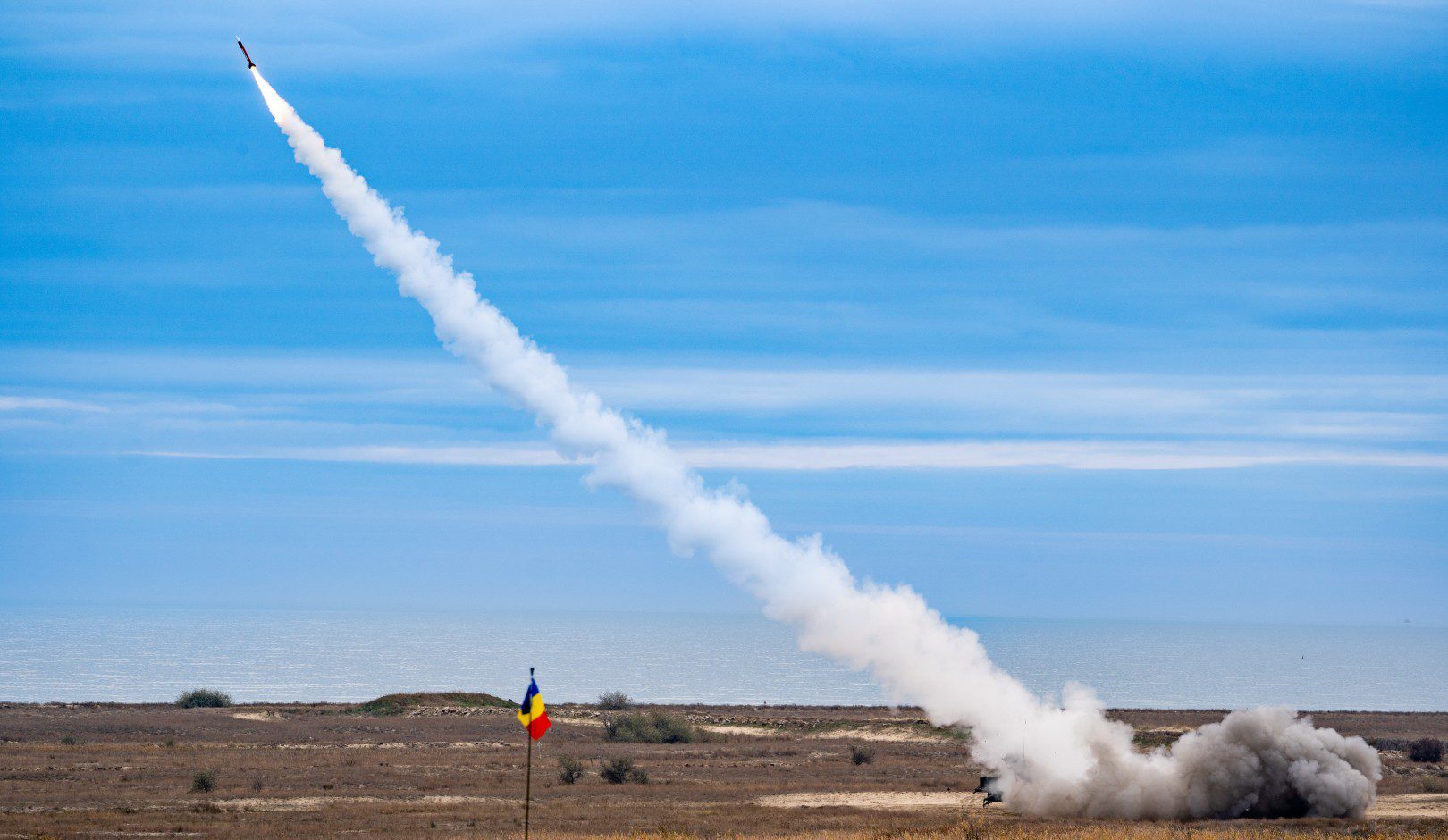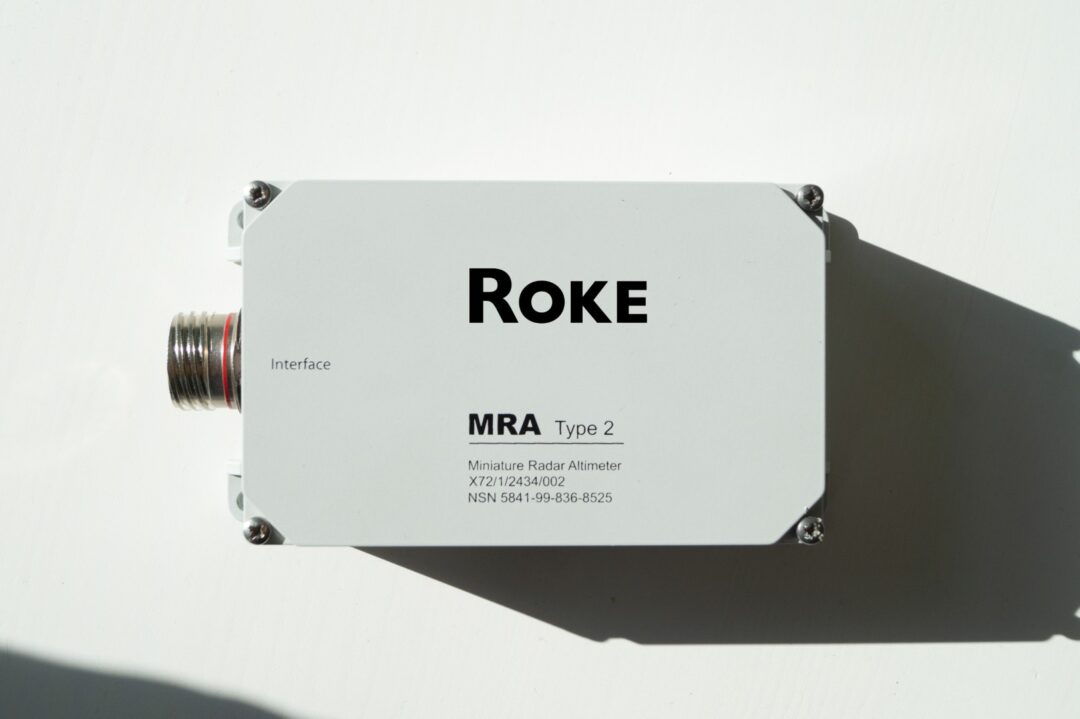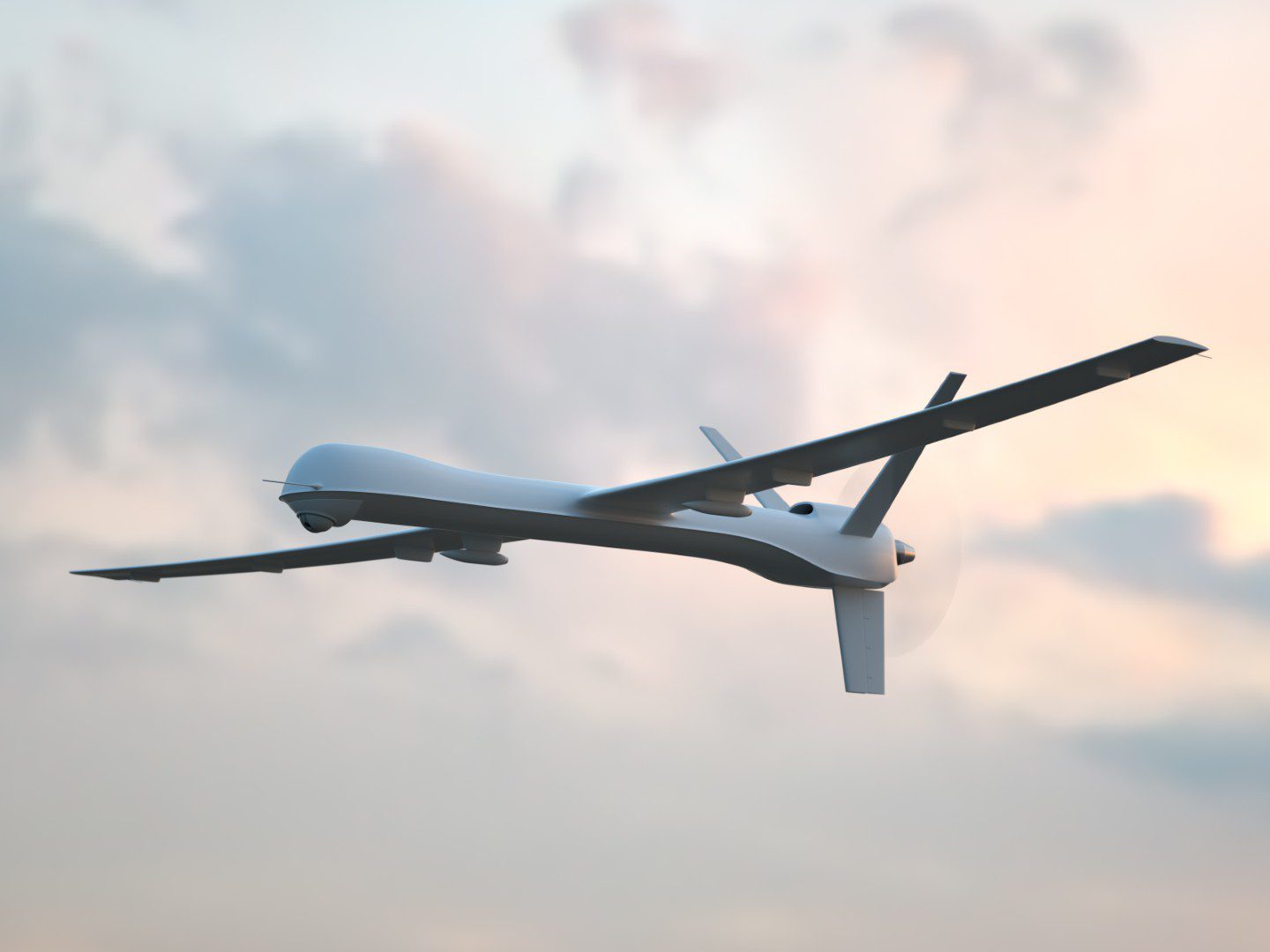The Nav-Sync MRA delivers class-leading 2cm accuracy from just 20cm above ground – ideal for rotary or fixed wing UAVs as well as high speed platforms. Designed with your integration challenges in mind, it combines exceptional performance with minimal Size, Weight and Power (SWaP) requirements.
Precision at Pace
Your missions demand more payload capacity and longer operational range – and every gram matters. The Nav-Sync MRA delivers class-leading altitude accuracy of 2cm while maintaining the smallest, lightest form factor available, reducing your SWaP requirements.
It provides reliable measurements from just 20cm to 100 metres, ensuring consistent performance where standard barometric altimeters fail. Execute automated take-offs and landings with confidence, even in zero visibility or from pitching vessel decks.

Nav-Sync MRA Benefits
-
Precision
Delivers altitude accuracy of 2cm.
-
All-terrain
Accurate readings regardless of the environment.
-
Automated take-off/landing
Even in challenging conditions – from low or zero visibility, to ships on rough seas.
-
Low SWaP
Carry bigger payloads and operate at longer ranges.

Size isn’t everything
Mission payload space is at a premium in high performance, small form factor unmanned systems. Nav-Sync MRA’s compact design offers a completely self-contained, high-performance solution that can integrate easily via non-proprietary interfaces; it is about open standards compliance.

Sectors that use Nav-Sync MRA
Need Clarity, Pace or a Fresh Perspective?
If you’re facing a challenge that needs clarity, speed or a different kind of thinking – let’s talk. We’ll connect you with the right people to get things moving.


